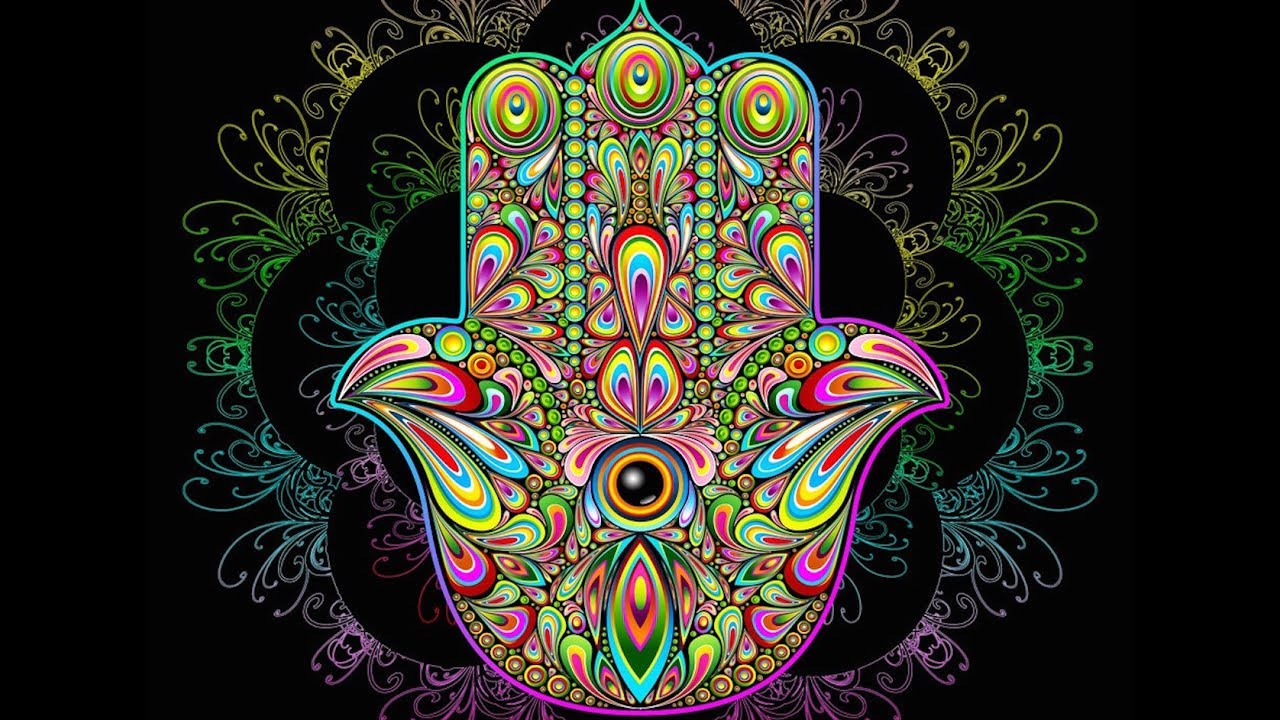
Pretty much everyone has seen a hamsa in their life. Perhaps they have not heard of the name, but they have certainly perceived the visual stimulus.
The open palm of the hand that often features an eye in its middle is the physical embodiment of this amulet. Its history is of an ambiguous nature, for a number of religions claims that it originates from their respective philosophies.
The overarching motif in all of these faiths is protection and calmness. Namely, what every doctrine agrees on is that it brings luck and keeps you safe from the Evil Eye.
Transcending Borders
Regardless if you view the hamsa as a motherly, nourishing symbol that will keep you safe, or you simply appreciate its aesthetic value, its global impact is none to dispute.
The hamsa managed to surpass its quintessence and disseminate its manifestation across the globe. Originally from ancient Mesopotamia, the hamsa is now met almost everywhere we move.
In popular culture, the usage of these symbols triggered an interest in younger demographics in particular. Thus various industries such as entertainment, music and cinematography embraced its qualities and used it to their advantage. For instance, the 2006 Guillermo del Toro masterpiece Pan’s Labyrinth (Spanish: El laberinto del fauno) took and reshaped the original emblem. The movie’s character, Pale Man, holds his hands wide open when he needs to use his vision, for his eyes have been poked out. The eyeballs are placed in the middle of his hands so he needs to hold up his “hamsas” to see.
Furthermore, exploring into other trades, we have noted quite a few thrilling and mystical online video slot games containing badges similar to hamsa. A great example is The Fortune Teller by slot manufacturer Play’n GO, which is an immersive amalgamation of magic and mysticism. It features thematic symbols such as tarot cards, the orbuculum and, you guessed it – the hamsa.
Hamsa Cultural Appreciation
In spite of the controversial movement of “cultural appropriation”, the hamsa has twirled its way into fashion, as well. Fast fashion brands have along incorporated the symbol into their garments.
Even Megan Markle could not resist the power of hamsa. Kismet by Milka Jewellery designed the golden ring she has been wearing to protect her and her baby in the last trimester of her pregnancy. According to analyses, the way her ring faces implies abundance and fertility.
Tattoo culture also has enfolded the might of the shape. The form has been implemented in more intricate designs that include elephants as a symbol of wisdom, Buddha and elements typically related to the Middle East.
What we can deduce from the few examples we have addressed is that the energy of the hamsa is boundless. To stem from a religion and to grow so much to affect the whole planet proves whole lot of its influence. There will always be some people who will maintain that it is just a passing fad, disregarding the meaning that the shape might have for the wearer.
Only time will tell if it is a sensation. Meanwhile, we can all collectively enjoy the layered significance of the hamsa and wear it with pride and respect.
